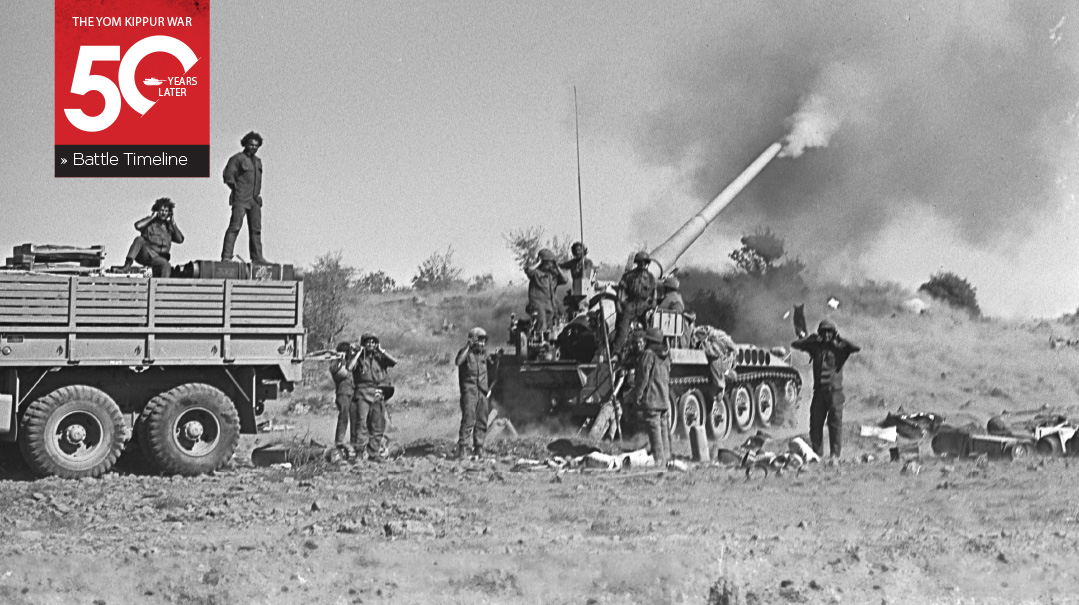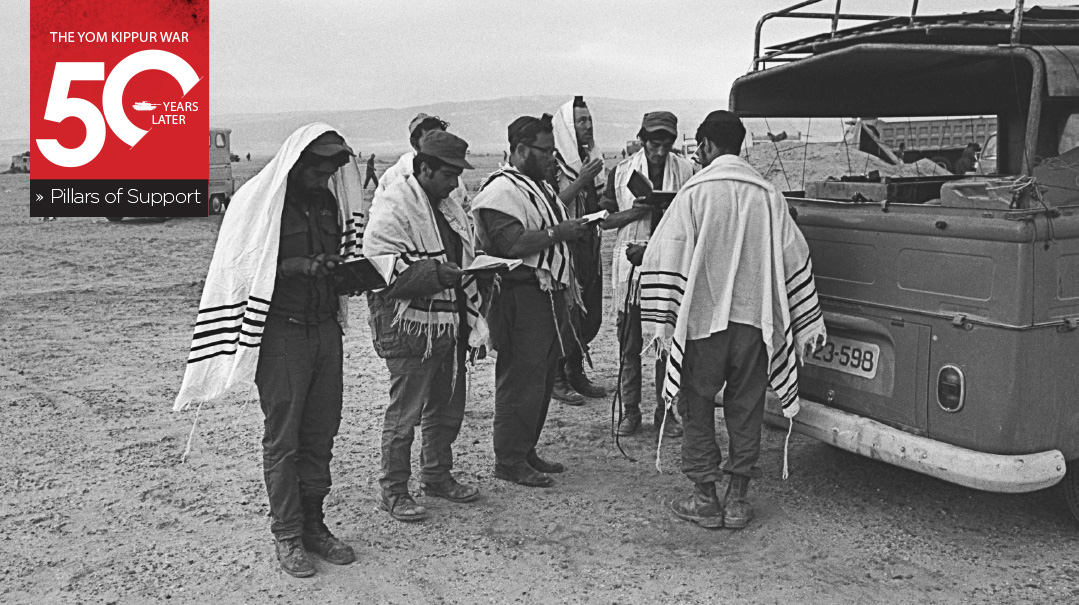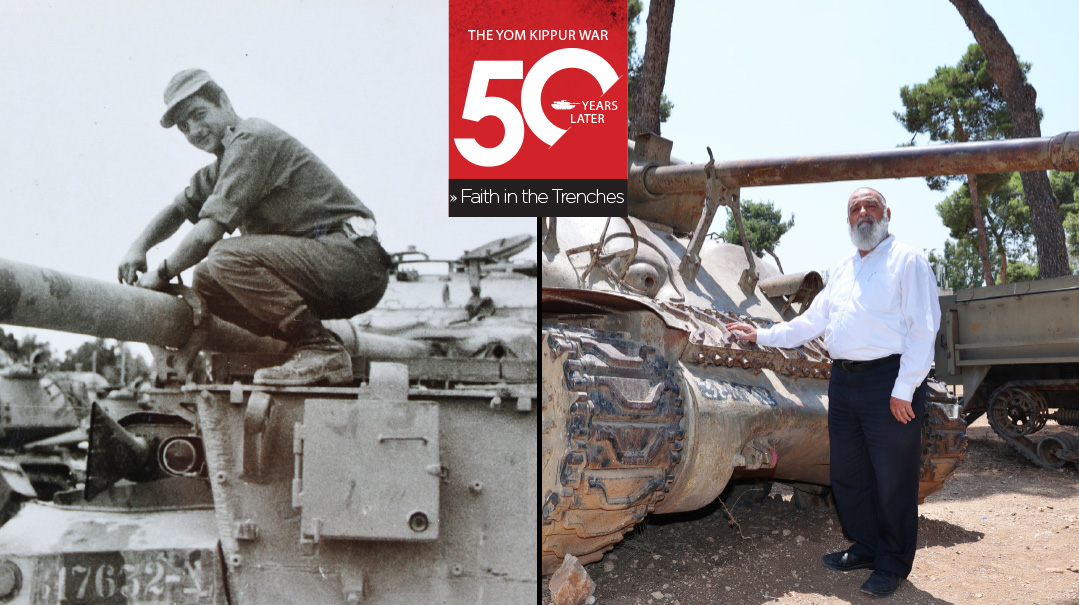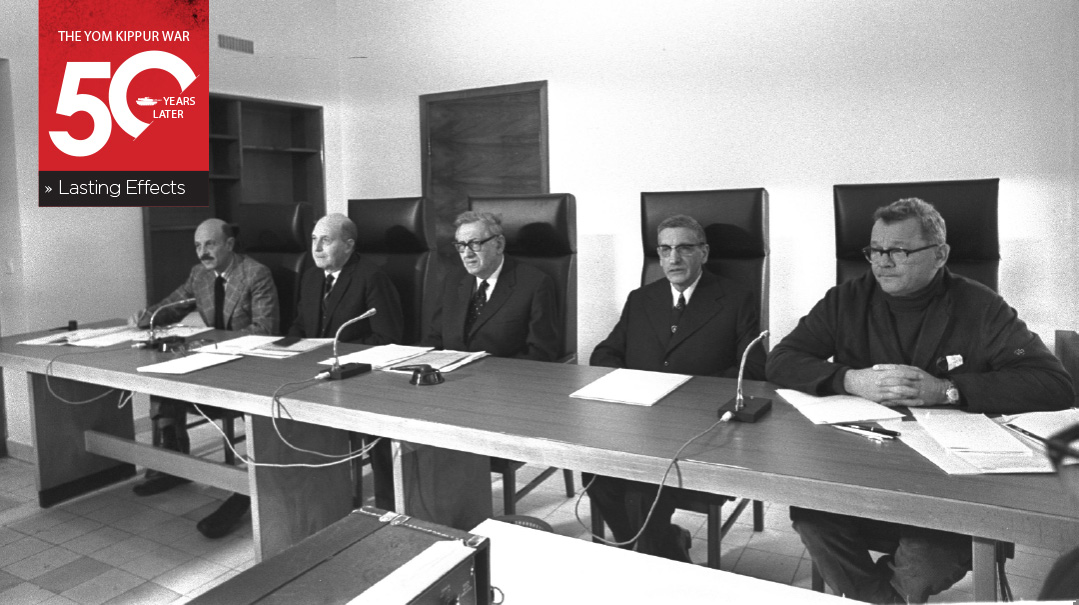Mysteries and Miracles

Two facts emerge that show how much worse the war could have been

Photo: Menachem Kalish
TO read about the days leading up to the Yom Kippur War is to experience the nightmarish, helpless feeling of watching a deadly car crash unfold, in slow motion.
As Yom Kippur of 1973 approached, ready to wreathe the Holy Land in an atmosphere of sanctity, only a small number of Israelis saw the black war clouds piling on their country’s borders.
But the military leaders — privy to the aerial intelligence that displayed the frightening disparity of forces in favor of Israel’s Arab enemies — saw it all, and did nothing.
On the west bank of the Suez Canal were arrayed 100,000 Egyptian soldiers, accompanied by 1,350 tanks and 2,000 artillery pieces. Facing this buildup, on Israel’s bank, were the few hundred men left to guard the Canal, backed up by a mere 44 artillery pieces and 290 tanks.
Reconnaissance photos of the northern border showed a similar picture. Five Syrian divisions confronted a thin line of Israeli outposts atop the rocky Golan Heights. The disparity in Syria’s favor was shocking: Not only did they have an 8-to-1 advantage in armored forces — their Soviet-made tanks were equipped for night-fighting, whereas Israel’s would be blinded after dark. In infantry and artillery, the odds were stacked even more heavily in the Arabs’ favor.
Those statistics, and the fact that Israel’s defense chiefs weren’t unduly alarmed, is the story of the Yom Kippur War — one that has been endlessly rehashed in the last half-century.
It’s the story of what became known as “the Concept” — the flawed military intelligence assessment that dictated that Egypt wouldn’t go to war with Israel without the aerial superiority that they lacked.
It’s the story of how, under the influence of her intelligence chiefs, Golda Meir ignored separate tip-offs by Jordan’s King Hussein and by Nasser’s son-in-law Ashraf Marwan that Egypt and Syria nevertheless intended to do the unthinkable and launch an attack.
And it’s the tale of the thousands of Jewish boys who were condemned to death and injury in the resulting war.
Oops! We could not locate your form.






